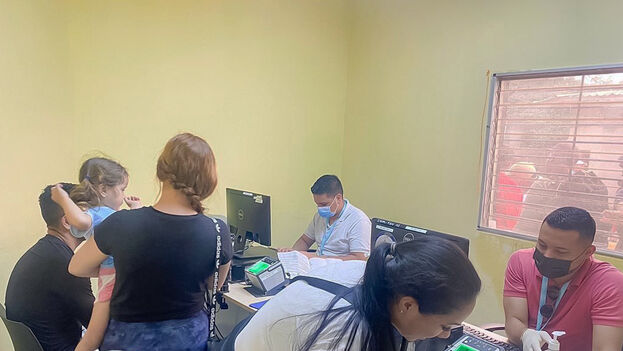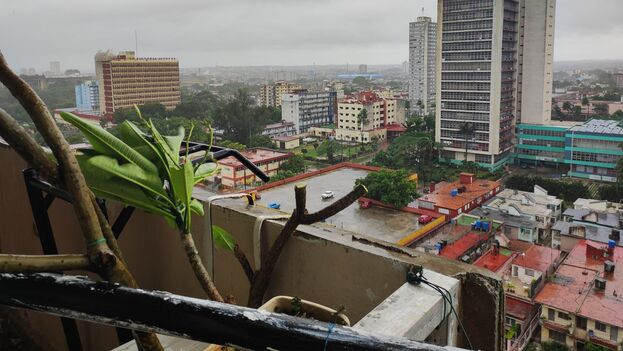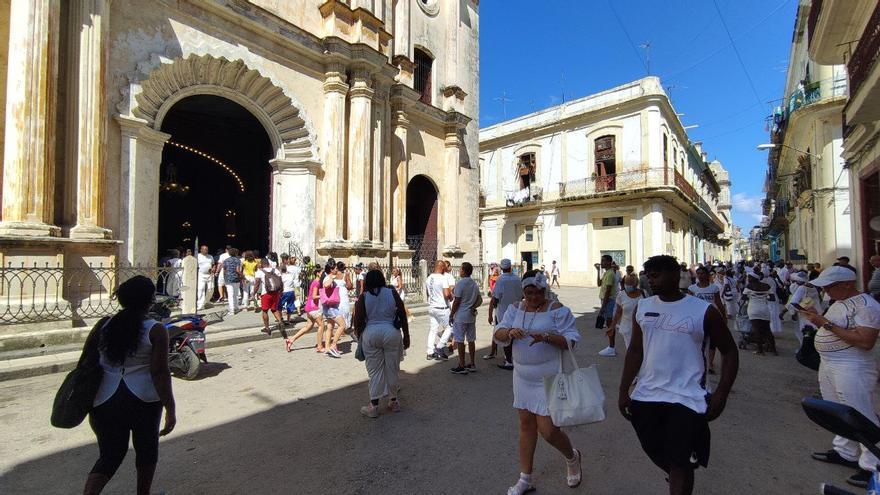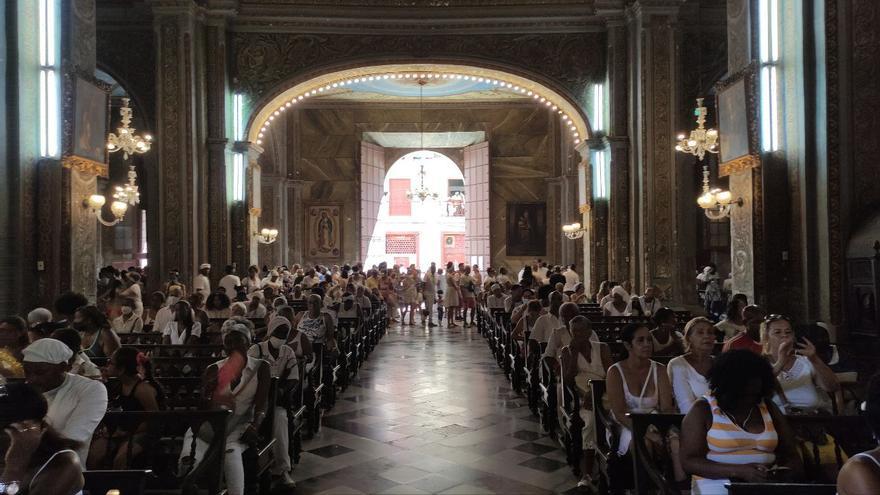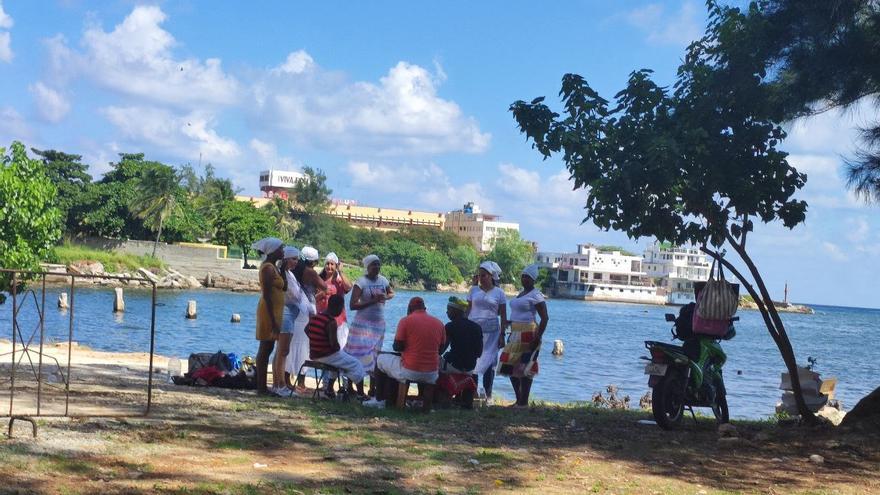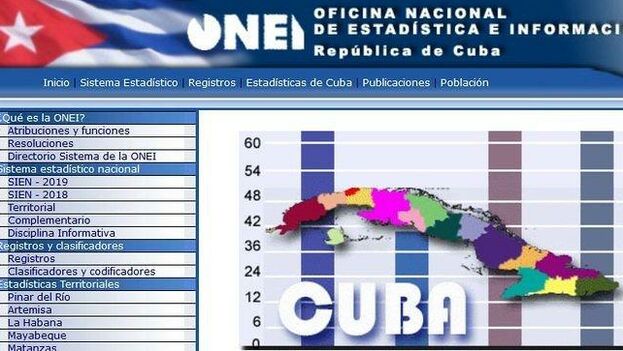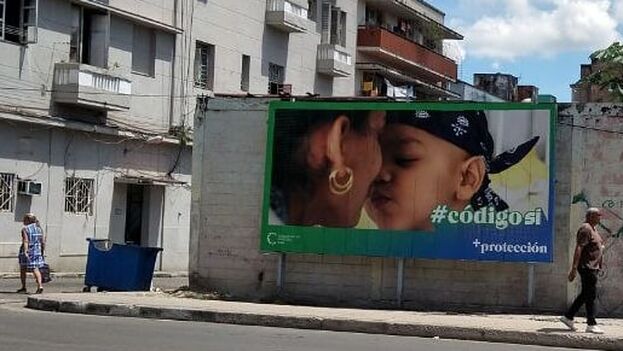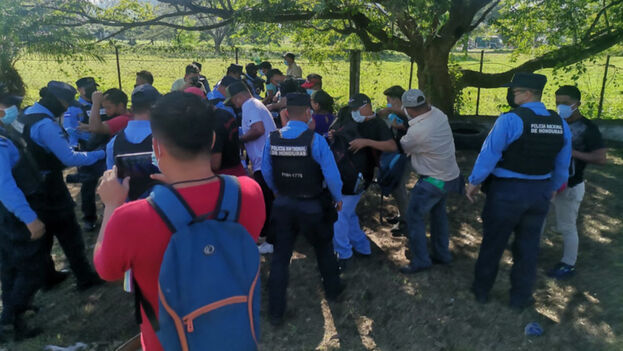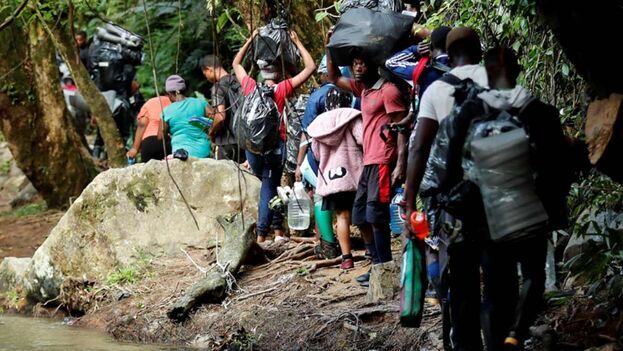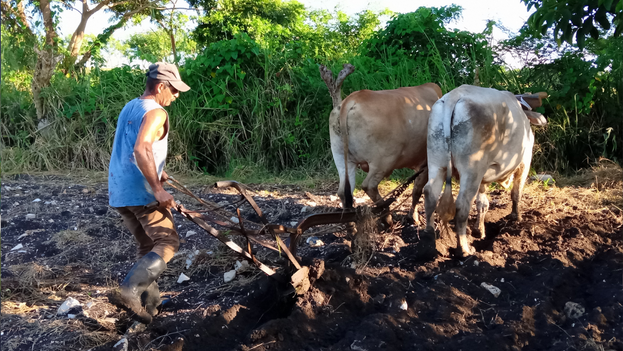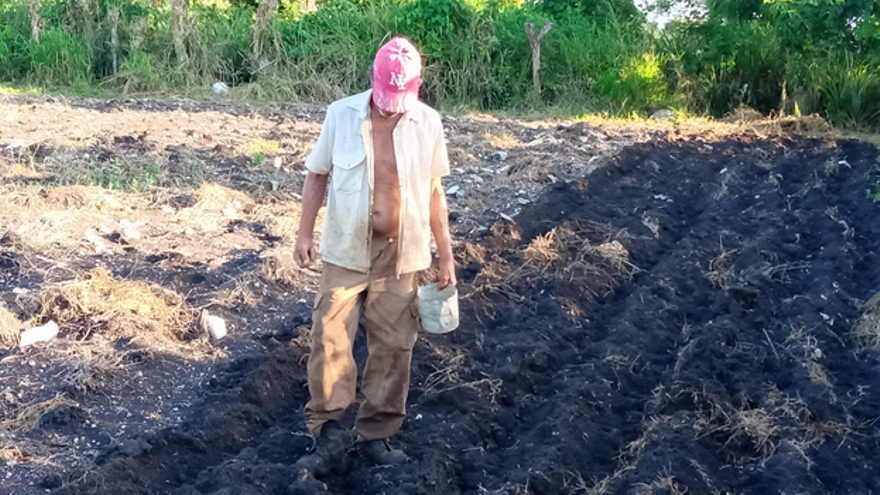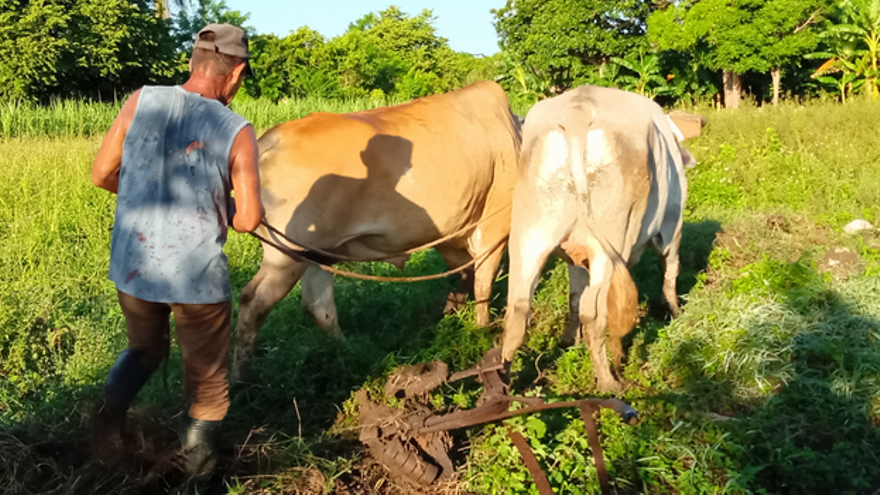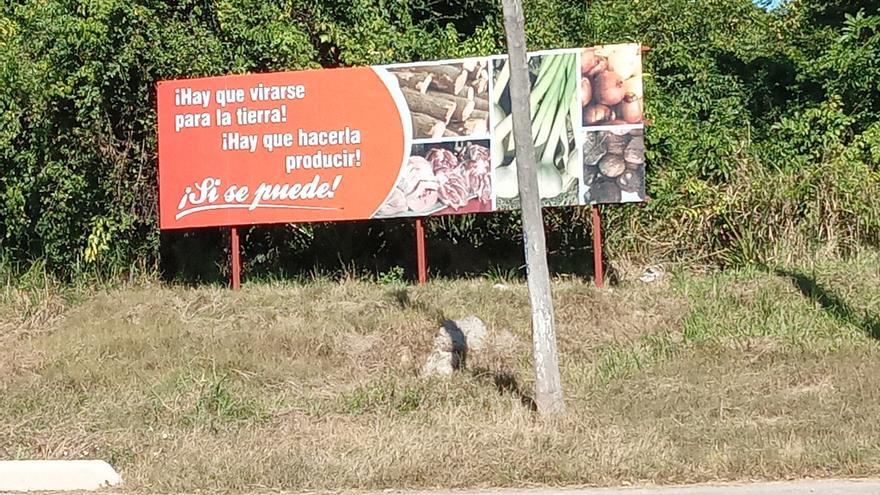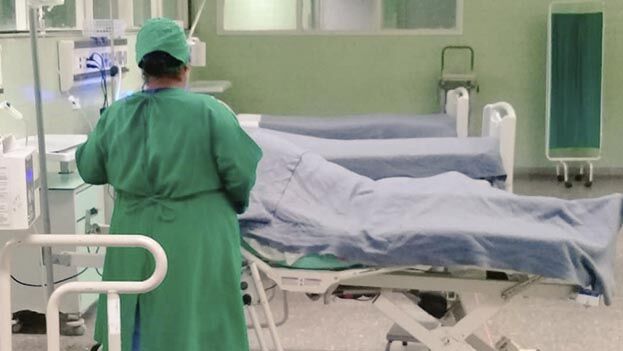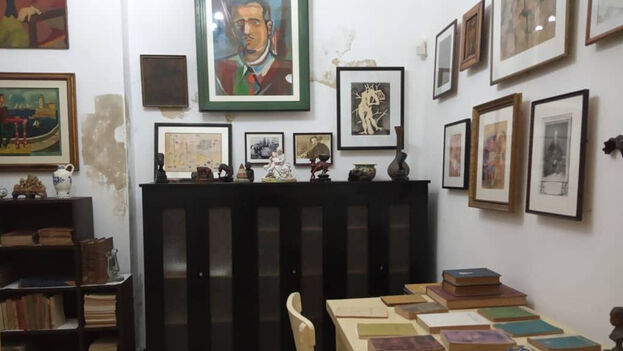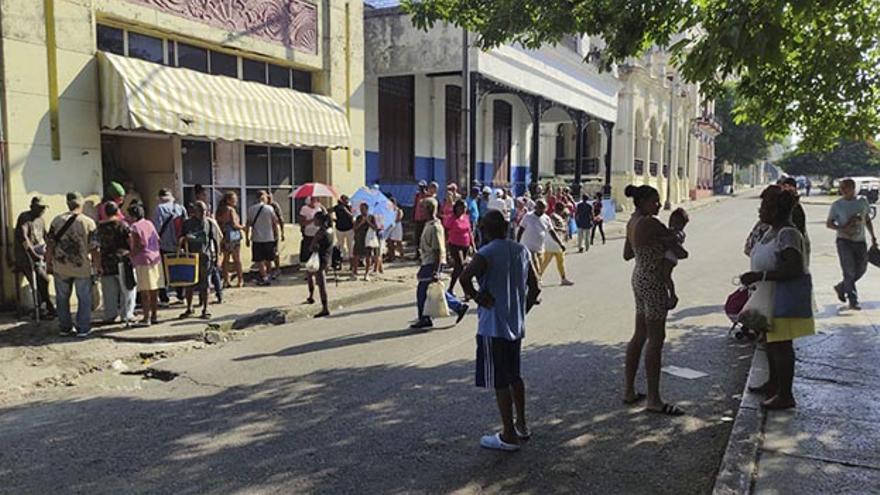![]() 14ymedio, Elías Amor Bravo, Economist, 26 September 2022 — The goal of this blog is to focus on economic matters in Cuba. But from time to time, it’s necessary to pay attention to events that arise in reality, due to their immediate impact on the economy.
14ymedio, Elías Amor Bravo, Economist, 26 September 2022 — The goal of this blog is to focus on economic matters in Cuba. But from time to time, it’s necessary to pay attention to events that arise in reality, due to their immediate impact on the economy.
And so, while Cubans were summoned by the regime, last Sunday, to a referendum with an easy-to-anticipate result, which also has a total and absolute insignificance for what we are dealing with, two other events should worry communist leaders about the effects they will surely have on the national economy in the short and medium terms.
The first one is called Ian. A hurricane that has worried the Civil Defense authorities and the Institute of Meteorology, because they haven’t yet been able to anticipate its hitherto erratic evolution in the national territory. It’s known that Cuba will be hit from south to north, but it’s not clear where, and that is why, this Monday, there will be a report on State TV’s Roundtable program on Ian’s impact on the national territory and the preparation in each of the affected provinces to face it.
And by the way, in an informative note from the State’s official newspaper Granma, they say that the same program will offer information about the official closure of the referendum on the family code, as if it were a matter of little importance. As if the result hasn’t already been on a shelf in some office of Díaz Canel’s for days. It’s announced that all the communist state press — Cubavisión, Cubavisión Internacional, Canal Caribe, Radio Rebelde, Radio Habana Cuba, the YouTube channels of the Roundtable and the Presidency and the Facebook pages of the Roundtable, Cubadebate and the Presidency — will cover the program live at 6:30 pm. continue reading
So we have to wait until that time to know what result the communist regime has made up for the referendum vote, which, in advance, will show the support of the population, although with doubt about the exact number. Making a fool of yourself has some costs.
In any case, one has the impression that the result of the referendum will concern Cubans much less than Ian’s evolution. As it should. Depending on where Ian hits, it can lead to the destruction of the productive base, the housing and the infrastructure, which then won’t receive any attention because there’s no money for it. And worst of all, the crops may be lost, so there will be even less food for the population.
Ian could be a serious threat to the regime. The referendum on the family code will go to a better life as soon as the focus of attention is on the hurricane, and above all, the ones that may come later. There’s nothing to rejoice about, but plenty to worry about and take care of, especially the latter, which will be a task for the communist leaders in the very short term.
But there’s another hurricane that has just arrived and is at the gates of the Communist Island. I’m referring to the result of the democratic elections held this Sunday in Italy, which have had a winner in the far right of Mrs. Meloni, whom Díaz-Canel has not yet congratulated for her success. And we are very afraid that he will not do so, which is political clumsiness on the part of the Cuban communists that can lead to a progressive cooling in the economic, commercial, tourist and investment relationship of Italy with Cuba.
Let no one believe that a defiance of Díaz-Canel, however inconsequential it may seem, will be left unanswered. But there is something that should worry Díaz-Canel and his regime about this result in Italy, which won’t be understood in Cuba because they lack a sense of democracy. But it can be explained to them.
It’s simple: 44% of Italians aligned themselves politically with a party or coalition of parties that is at the antipodes of the Cuban communist regime, and those that are closest didn’t reach even a quarter of the electorate. The Italian earthquake supposes that the society of this country has turned politically in a direction that feels, in a majority way, disgust with Cuba’s ideological communist positions. That is, Italy has turned its back on the left, and if Cuba vindicates that position, at the global level, it will suffer the consequences.
The Italian hurricane is going to be felt in Cuba. That’s for sure. Italy represents for the Island, in the trade of goods, about 8% of the total, and in terms of tourists, 3%, although this has seen better times. Cuba recognizes that Italian foreign investment, although no official information is available, is important. There was even a commercial transaction by Cuban doctors recently. Let’s see how all this continues in the face of the next legislature if, as expected, Mrs. Meloni and, in a broad sense, the new Italian society that emerges from these elections, will not be in favor of Italians or the investment capital of their country going to the communist Island. They are warned.
Translated by Regina Anavy
____________
COLLABORATE WITH OUR WORK: The 14ymedio team is committed to practicing serious journalism that reflects Cuba’s reality in all its depth. Thank you for joining us on this long journey. We invite you to continue supporting us by becoming a member of 14ymedio now. Together we can continue transforming journalism in Cuba.



